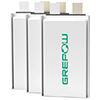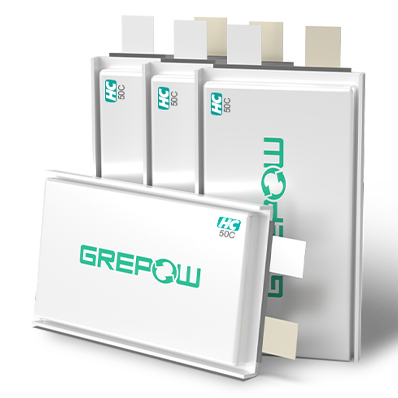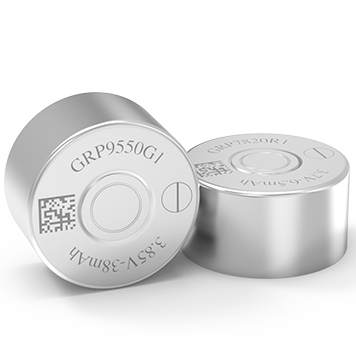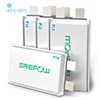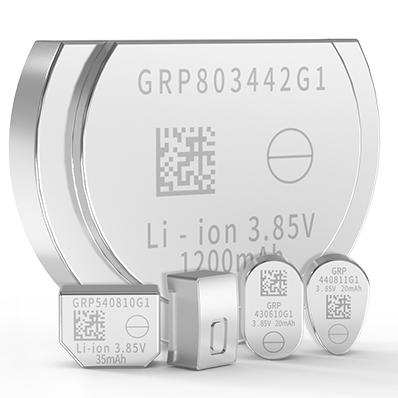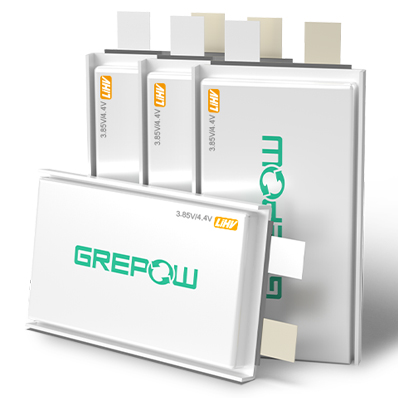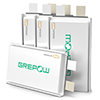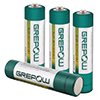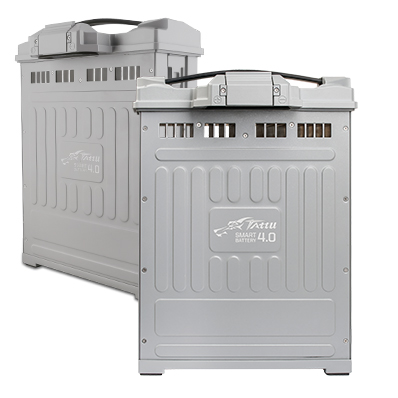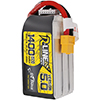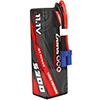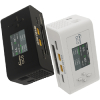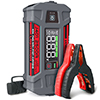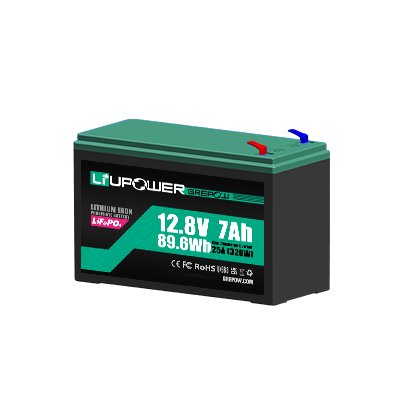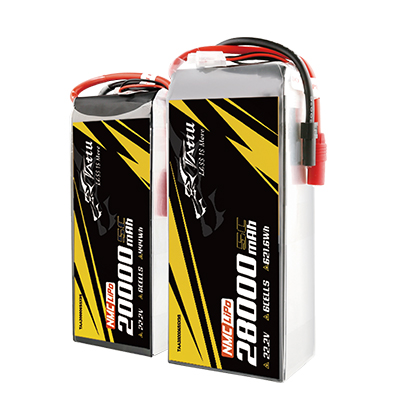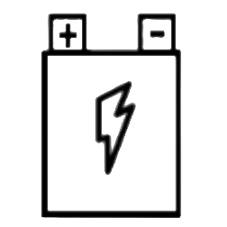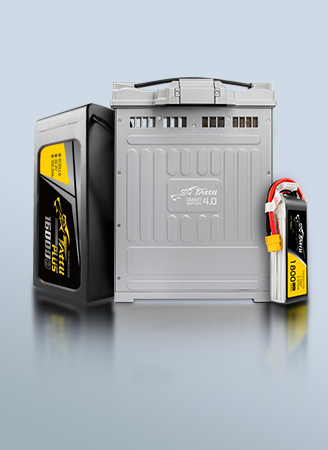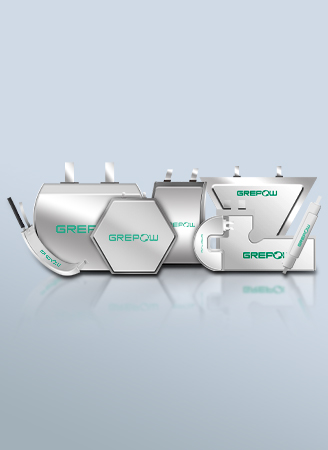The Ultimate Guide to FPV Battey
FPV (First-Person View) drones rely on batteries as their heart—powering every maneuver, acrobatic twist, and long flight. In this guide, we’ll explore everything you need to know about FPV batteries. We cover the different types available, key specifications you should understand, how to choose the right battery for your drone, and tips for safe maintenance and troubleshooting. Whether you’re racing, freestyle flying, or capturing cinematic footage, this guide will help you get the most out of your FPV drone battery.
Types of FPV Batteries
1. Lithium Polymer (LiPo) Batteries
LiPo batteries are the most popular choice for FPV drones. Their high power-to-weight ratio makes them ideal for applications where performance is crucial. They are available in various cell counts (such as 3S, 4S, or 6S), with 4S being the industry standard for many racing and freestyle drones.
2. Lithium Polymer High Voltage (LiHV)
LiHV batteries are similar to LiPos but can be charged to a higher voltage (up to 4.35V per cell). They may offer a slight performance edge in micro drones, though opinions vary regarding their longevity.
3. Lithium-Ion (Li-Ion) Batteries
For pilots seeking longer flight times over raw power, Li-Ion batteries offer higher energy density. While they provide extended endurance, they come with a lower discharge rate, making them less ideal for aggressive maneuvers.
How to Choose a Battery for an FPV Drone?
1.Voltage (Cell Count)
FPV drones are designed for specific voltages. For example, most racing or freestyle drones run on 4S (4 cells in series, ~14.8V nominal) or sometimes 6S (~22.2V nominal). Your drone’s motors, ESCs, and overall design dictate which voltage is optimal.
2. Capacity (mAh)
The battery’s capacity, measured in milliampere-hours (mAh), determines how long it can power your drone. Higher capacity means longer flight time, but also more weight. Many racing drones use batteries in the 1300–1500mAh range to balance endurance and agility.
3. Discharge Rate (C Rating)
The C rating tells you how quickly a battery can safely deliver its power. A higher C rating (e.g., 60C, 80C, or 100C) is essential for high-thrust maneuvers without voltage sag. For instance, a 1300mAh battery with a 100C rating can theoretically supply up to 130A during bursts.
4. Size, Weight, and Compatibility
Make sure the physical dimensions and connector types (such as XT60 or XT30) match your drone's battery compartment and wiring. The battery's weight also affects your drone's maneuverability.
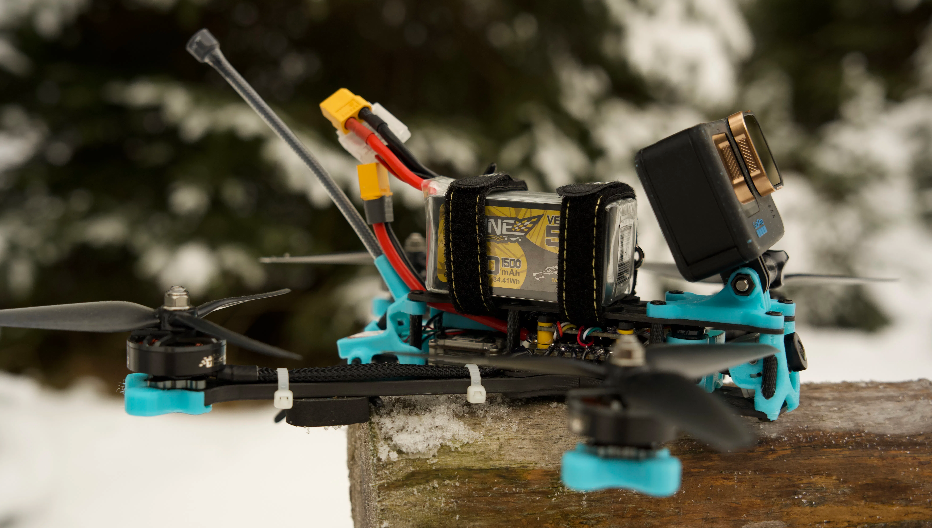
What Voltage Should an FPV LiPo Battery Be?
1. Understanding LiPo Cell Voltage and Configuration
●Cell Basics:
Every LiPo battery is composed of individual cells.
Each cell has a nominal voltage of approximately 3.7 volts (and reaches up to 4.2 volts when fully charged).
●Series Connection (S-Rating):
Cells are connected in series to increase the total voltage of the battery pack.
For example, a “4S” battery has four cells in series, resulting in a nominal voltage of 4 × 3.7V = 14.8V.
Similarly, a “6S” battery has six cells and provides 6 × 3.7V = 22.2V nominally.
2. Matching Battery Voltage to Motor and ESC Requirements
●Motor Efficiency and RPM:
Brushless motors are typically rated in kV (revolutions per minute per volt).
For instance, a motor rated at 2500 kV will spin faster when supplied with 22.2V compared to 14.8V.
More voltage generally translates into greater thrust and speed—critical for racing and high-performance drones.
●Electronic Compatibility:
Ensure your ESCs and flight controller are rated to handle the chosen battery voltage.
Over-voltage can damage components, while under-voltage may result in sluggish performance.
3. Balancing Flight Performance and Weight Considerations
●Trade-Off Between Voltage and Weight:
Increasing the number of cells in series (e.g., choosing 6S over 4S) increases total voltage but also adds weight.
A heavier battery may reduce overall agility and flight time if the drone has to work harder to lift the extra weight.
●Usage Scenario:
Racing drones typically favor 6S setups to maximize speed and power, whereas smaller, freestyle or cinewhoop drones might be optimized for 4S packs to keep weight low and handling agile.
4. Practical Application Example
●Scenario:
You have a 5-inch FPV racing drone with motors rated for 6S operation, and your flight controller and ESCs are all rated for 22.2V nominal.
●Analysis:
A 6S battery delivers more voltage (22.2V nominal), which means your 2500 kV motors will produce higher RPM, thus delivering more thrust and faster acceleration.
Despite the slight weight increase compared to a 4S battery, the performance benefits (better power-to-weight ratio in a system designed for 6S) justify the choice.
●Conclusion:
For your drone, selecting a 6S battery is ideal if your system components support it and your flying style demands high power output.
5. Final Recommendations
●For Most FPV Racing Drones:
A 6S LiPo battery (22.2V nominal) is generally recommended if your drone’s electronics are rated accordingly.
●For Smaller or Lightweight Drones:
A 4S battery (14.8V nominal) might be more appropriate to keep the system light and maintain agile handling.
●Always Check Compatibility:
Verify that your ESCs, motors, and flight controller can safely operate at the selected voltage.
Consult your drone's documentation and manufacturer's guidelines.
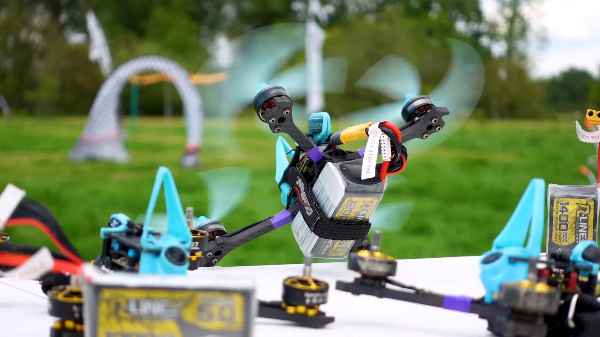
What Battery Should I Get for My FPV Drone?
●For Racing/Freestyle (Typical 5 inch Drones):
A 4S LiPo battery in the 1300–1500mAh range is popular. Look for a high C rating (typically 60C to 100C or more) to handle the power draw during aggressive maneuvers.
●For Long Range (Typical 10 inch Drones):
A 25C or 30C 6S LiPo battery in the 8000–10000mAh range may meet your needs.
●For Cinewhoops/Micro Drones:
Smaller drones may use 1S or 2S batteries with lower capacities and discharge ratings.
●Match to Your Drone:
Always check your drone's specifications. Your motors, ESCs, and frame design determine which battery parameters (voltage, capacity, weight) are optimal.
How Long Does an FPV Drone Battery Last?
●Typical Flight Durations:
Most FPV racing or freestyle drones using a 1300mAh–1500mAh 4S LiPo battery usually get about 3 to 5 minutes of flight time at full throttle. Some cinewhoops or slower-flying setups may extend flight times up to 8–10 minutes.
●Usage and Flying Style:
Aggressive throttle use, quick maneuvers, and high-speed flying drain batteries faster. Conversely, smoother, conservative flying extends flight time.
●Battery Health and Conditions:
Battery age, charge level, and even temperature affect performance. Keeping batteries well-maintained (by avoiding overcharge and over-discharge) helps maintain expected flight times.
●A simplified way to estimate the flight time (T) of an FPV drone battery is to use the formula:
T (in hours) = Battery Capacity (Ah) / Average Current Draw (A)
If you want the answer in minutes, you can convert it by multiplying by 60:
T (in minutes) = (Battery Capacity (mAh) / 1000) / (Average Current Draw (A)) × 60
●For example:
If you have a 1500mAh (1.5Ah) battery and your drone draws an average current of 30A, then:
T = 1.5 Ah / 30 A = 0.05 hours
T (in minutes) = 0.05 × 60 = 3 minutes
Keep in mind that this formula provides a theoretical flight time under ideal conditions. In practice, factors such as voltage sag, throttle usage, and reserve margins (to prevent over-discharging) will affect the actual flight time.
What Is the Battery Life of an FPV Drone?
Battery Life Can Mean Two Things:
●Per Flight (Flight Time):
As noted, flight times for a typical FPV racing drone are usually between 3 and 5 minutes, depending on throttle usage and flight style.
●Overall Battery Longevity (Cycle Life):
With proper care, a quality LiPo battery may last anywhere from 300 to 500 full charge/discharge cycles before noticeable performance degradation occurs. Good maintenance practices—such as balanced charging, storage at proper voltage, and avoiding deep discharge—can extend this lifespan.
FPV Battery Safety and Maintenance
Proper care is crucial to get the best performance and longevity out of your battery.
1. Charging Best Practices
●Balanced Charging: Always use a balanced charger designed for LiPo batteries.
●Charging Rate: Typically charge at 1C (or 1-2C if the battery manufacturer allows) to reduce stress.
●Monitoring: Never leave batteries charging unattended; use a LiPo fireproof bag or box for extra safety.
2. Storage Guidelines
●Storage Voltage: Store batteries at around 3.8V per cell.
●Environment: Keep them in a cool, dry, fireproof container away from flammable materials.
3. Routine Inspections and Maintenance
●Visual Checks: Inspect for swelling, damage, or loose connectors.
●Cycle Regularly: Discharge and recharge periodically to maintain battery health.
●Retirement: Replace batteries that show significant voltage sag, swelling, or reduced performance.
Troubleshooting and Common Issues
Even with proper care, batteries can sometimes present issues.
1. Voltage Sag
●Symptom: Noticeable drop in performance during high-throttle maneuvers.
●Solution: Consider a battery with a higher C rating to minimize sag.
2. Overheating
●Cause: Aggressive discharging or improper charging.
●Tip: Monitor battery temperature and allow for cooling periods between flights.
3. Physical Damage or Swelling
●Warning Signs: Bulging, punctures, or physical deformation.
●Action: Immediately retire and safely dispose of damaged batteries.
4. FAQs
Q: How do I know when a battery is worn out?
A: Look for increased voltage sag, reduced flight time, and visible damage.
Q: Can I mix different battery capacities?
A: It's best to use identical batteries to avoid imbalances and performance issues.
Conclusion
In conclusion, choosing the ideal FPV drone battery is all about finding the perfect balance between voltage, capacity, discharge rate, and weight to match your drone’s design and flying style. By carefully matching your battery's specifications with your drone’s components and adhering to best practices in charging, storage, and routine maintenance, you ensure not only optimal performance and agility but also a longer lifespan and enhanced safety. Grepow offers custom 4S-6S FPV battery for 1.6 inches to 10 inches FPV drones. The battery capacities range from 200mAh to 10000mAh, with discharge rates (C ratings) from 15C to 250C. If you have any questions or needs, please feel free to contact us at info@grepow.com.
Related Articles
-
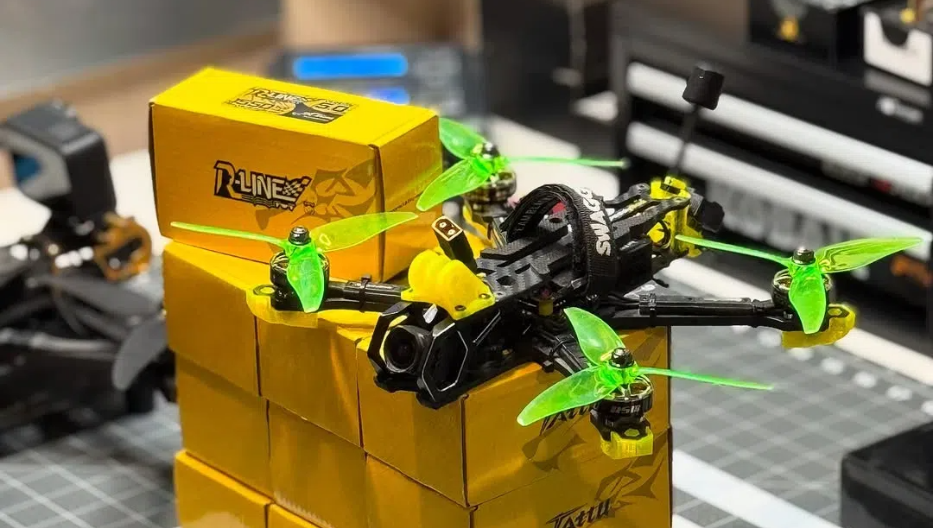
FPV Drone Types: All You Need to Know
2025-03-06 -
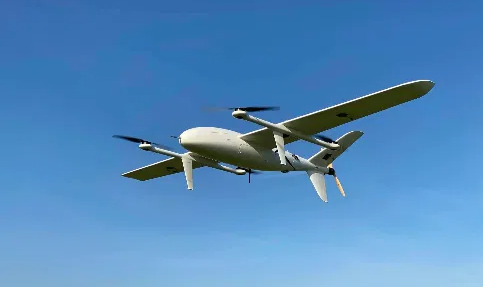
Li-Ion Vs. Lipo Battery For Long-Range Flights
2024-06-12 -
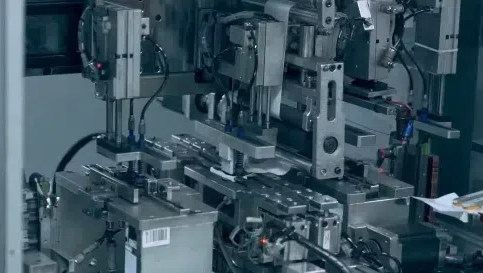
Top LiPo Battery Manufacturers You Can Trust
2024-06-06
Related products
-
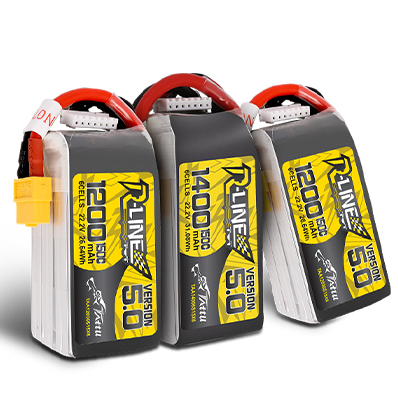
Grepow Tattu R-Line 5.0 Series FPV Battery Pack
-
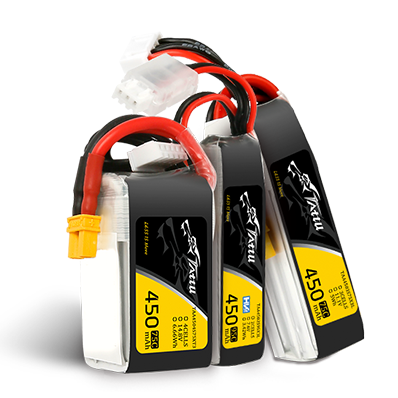
Grepow Tattu Standard Series FPV Done Battery Pack
-
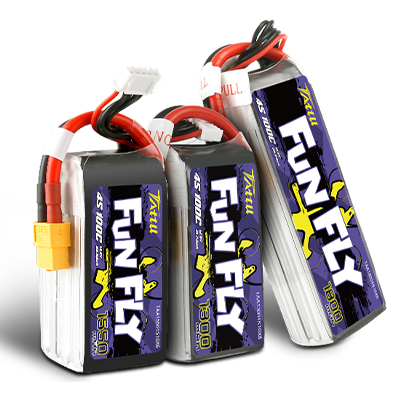
Grepow Tattu Funfly Series FPV Battery Pack

